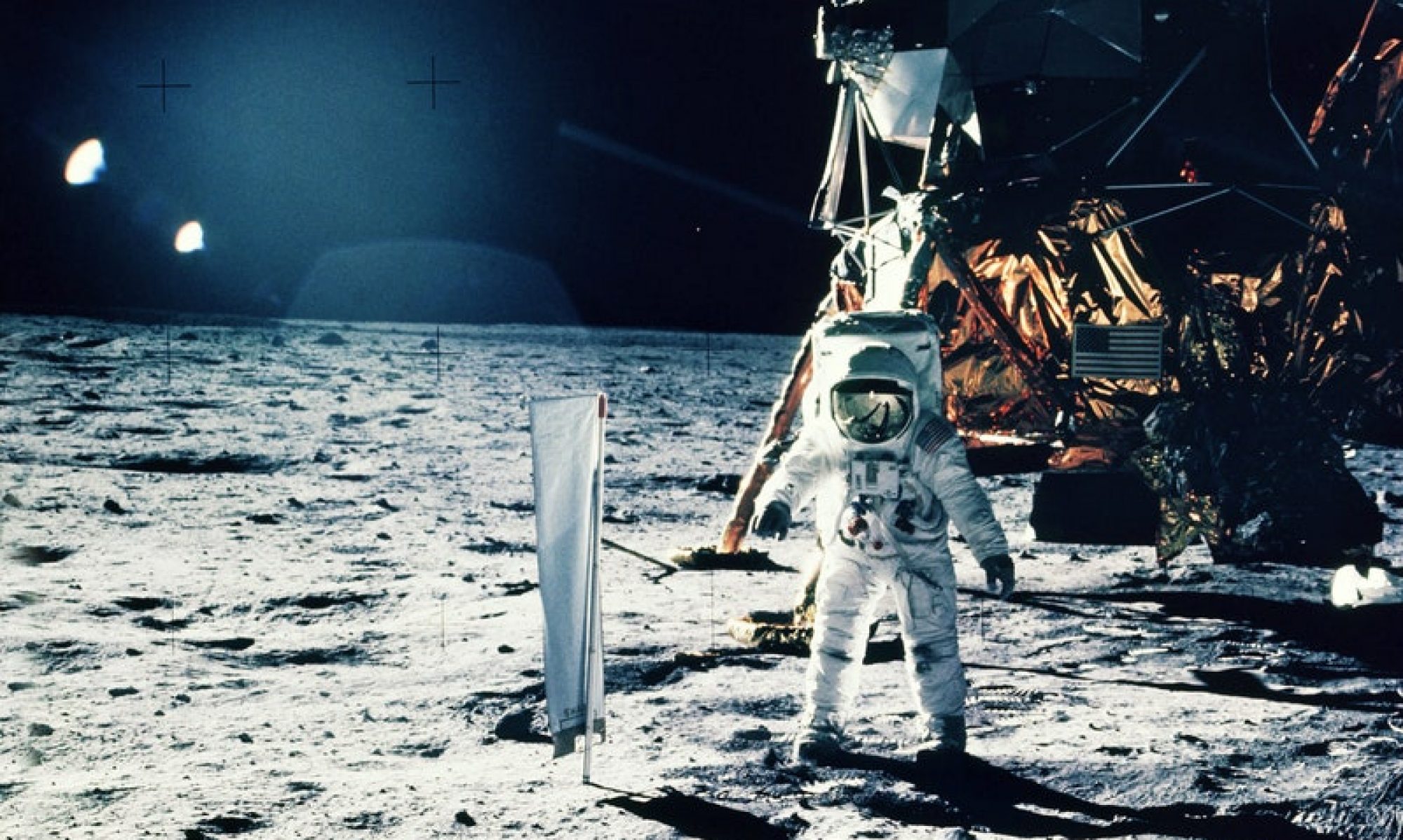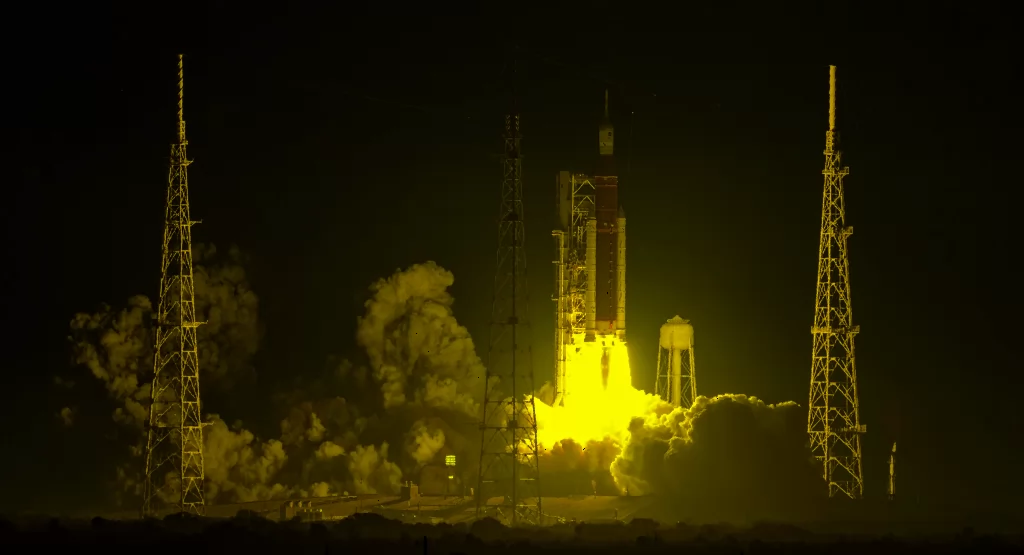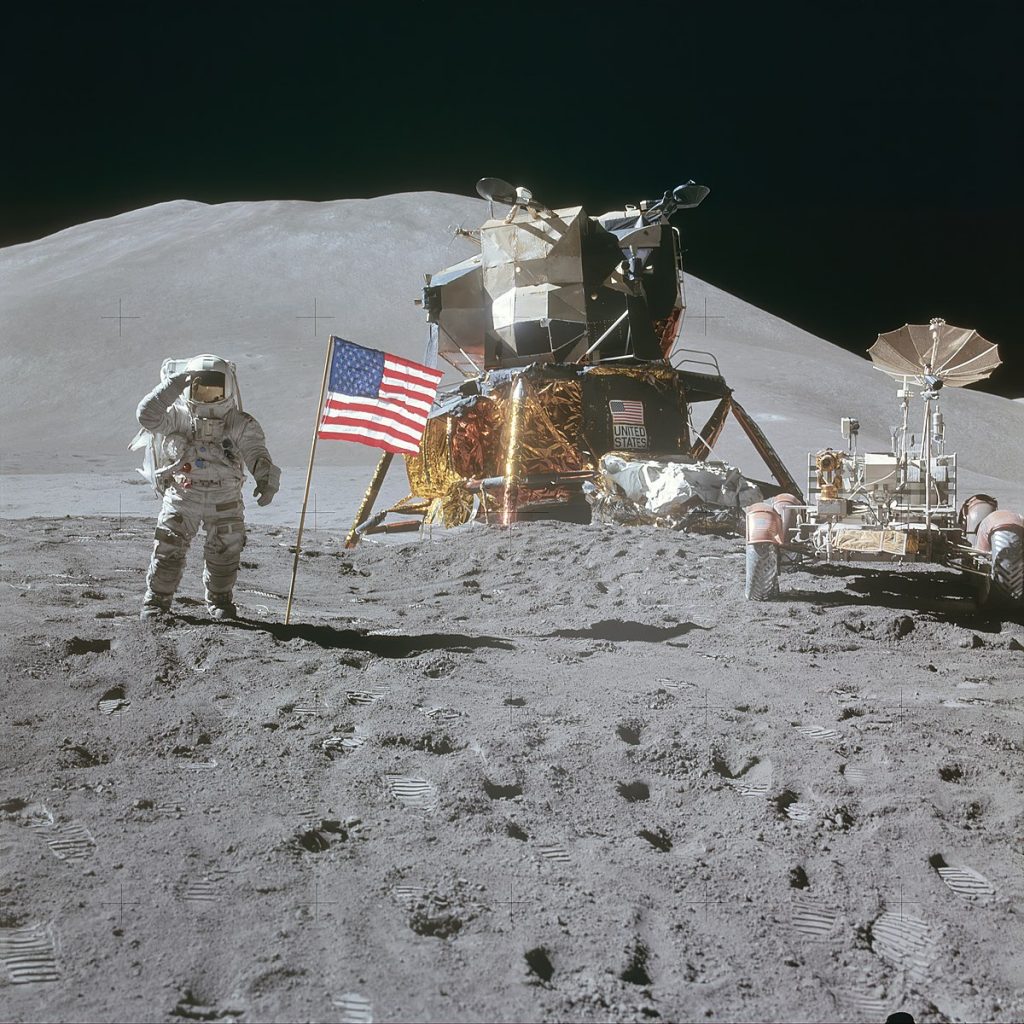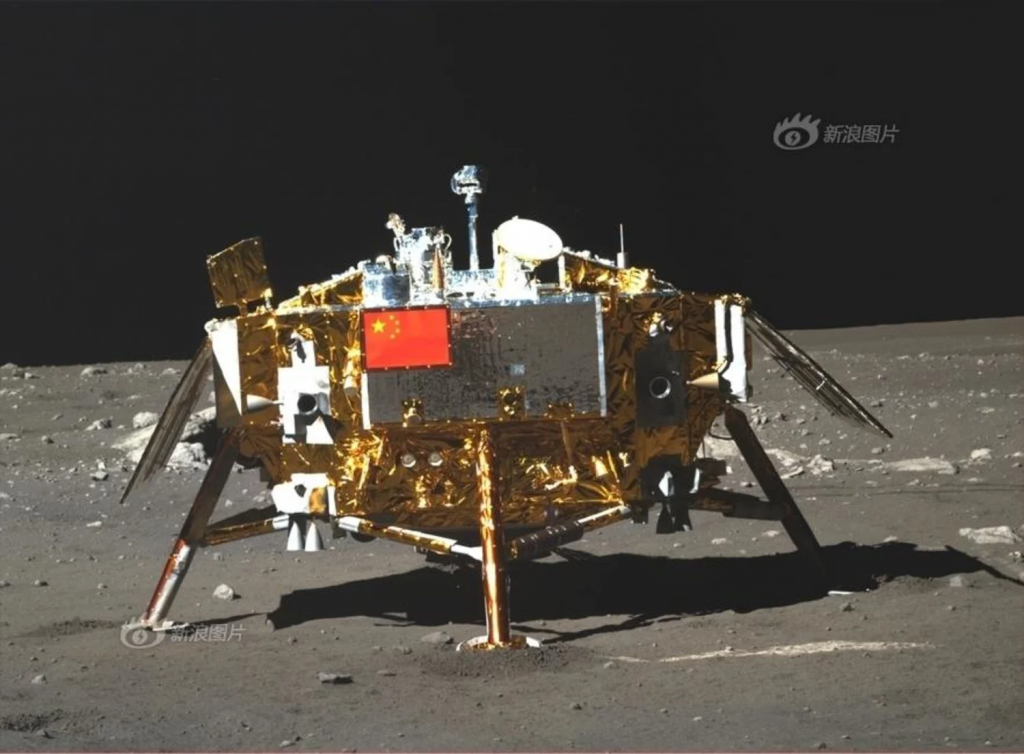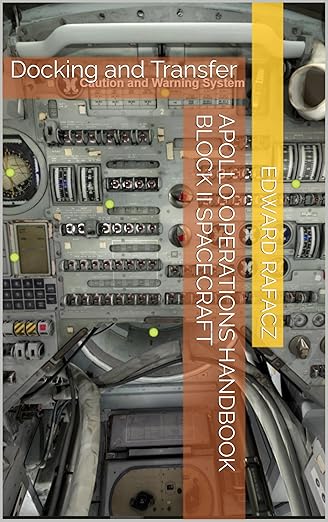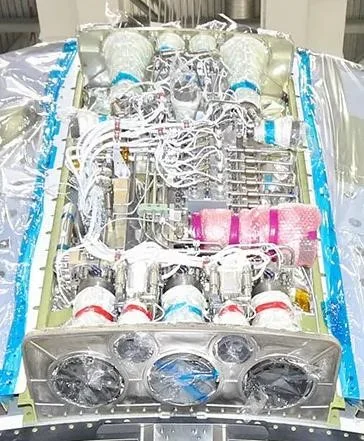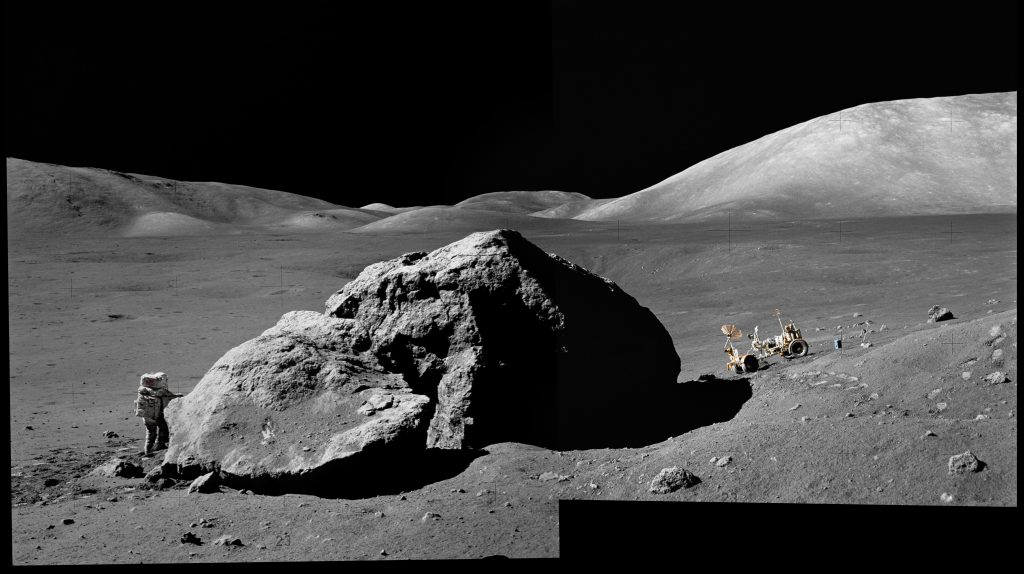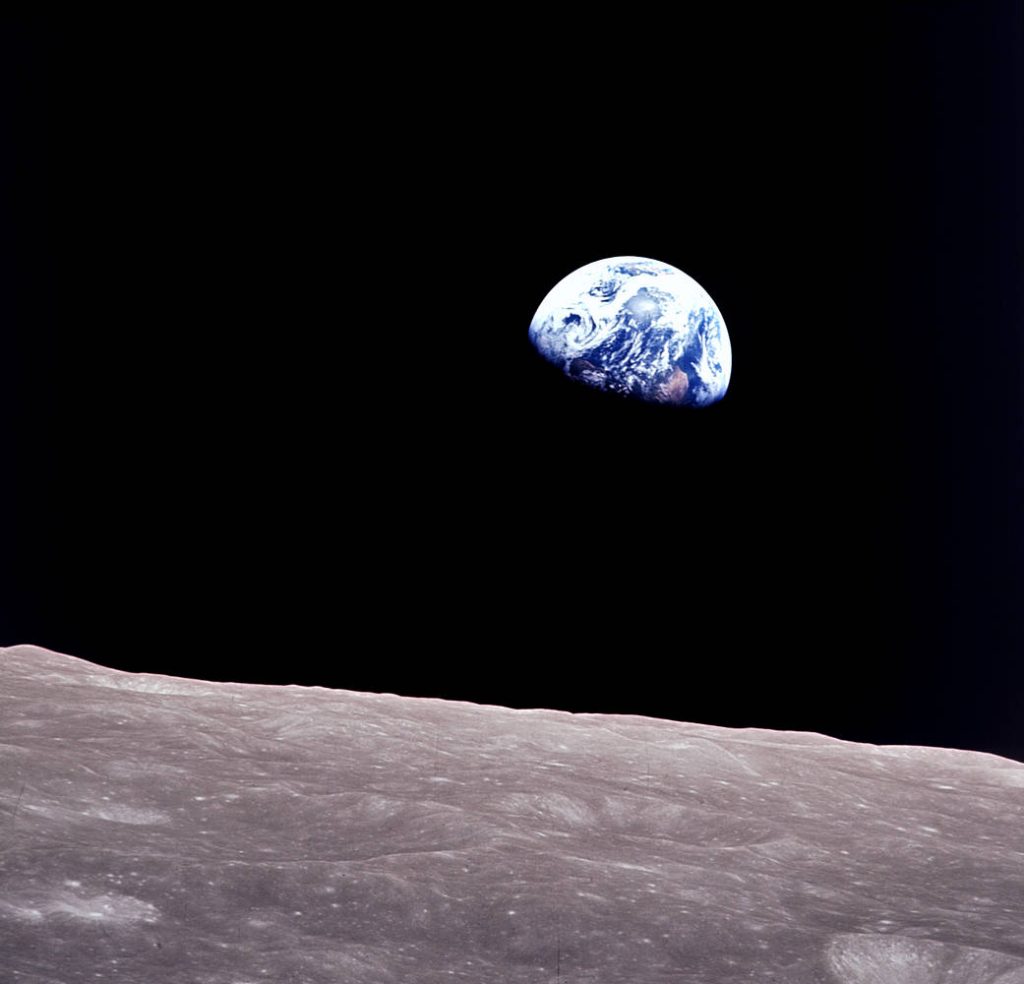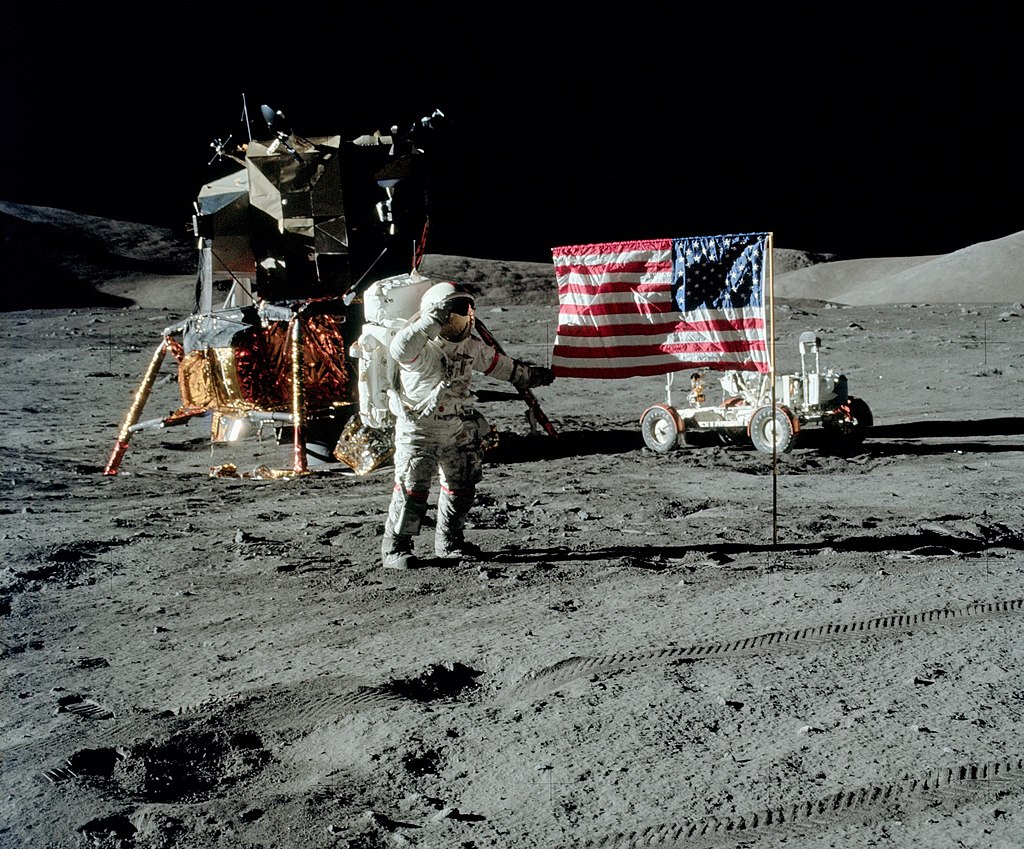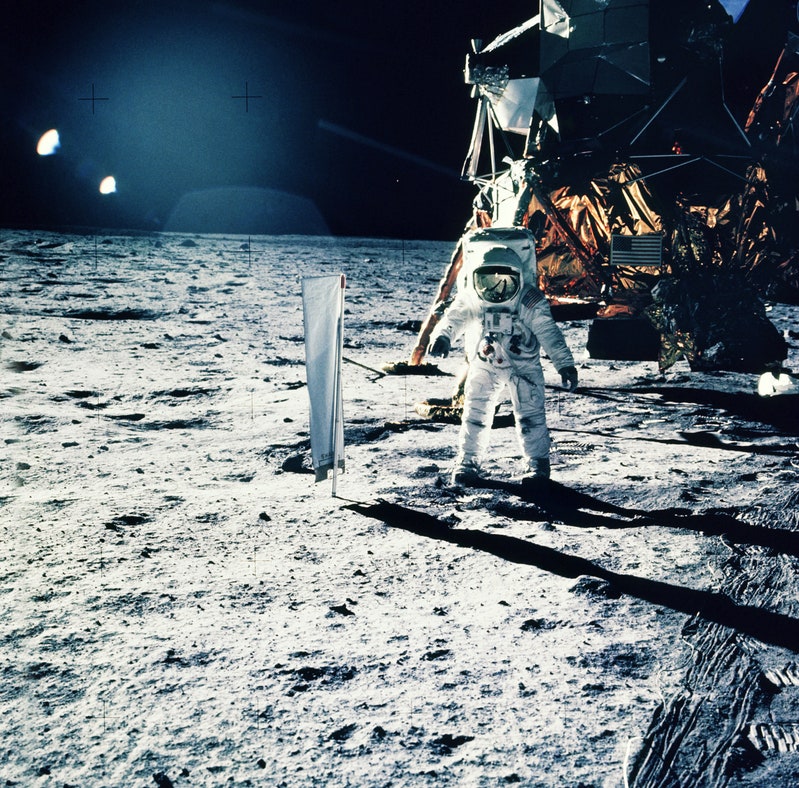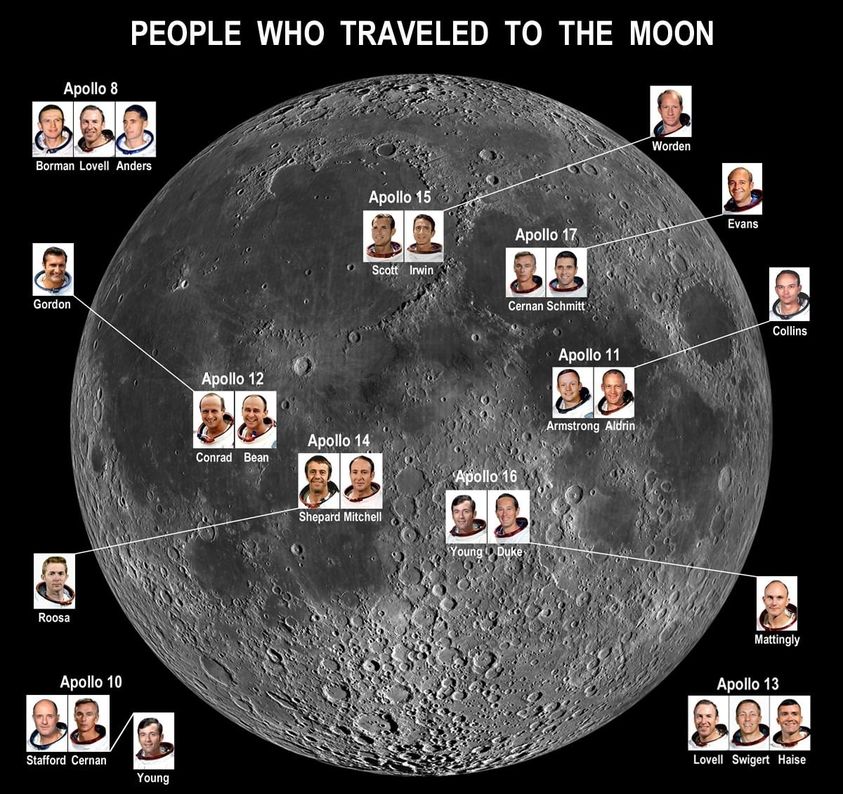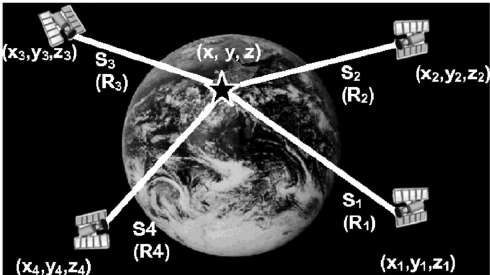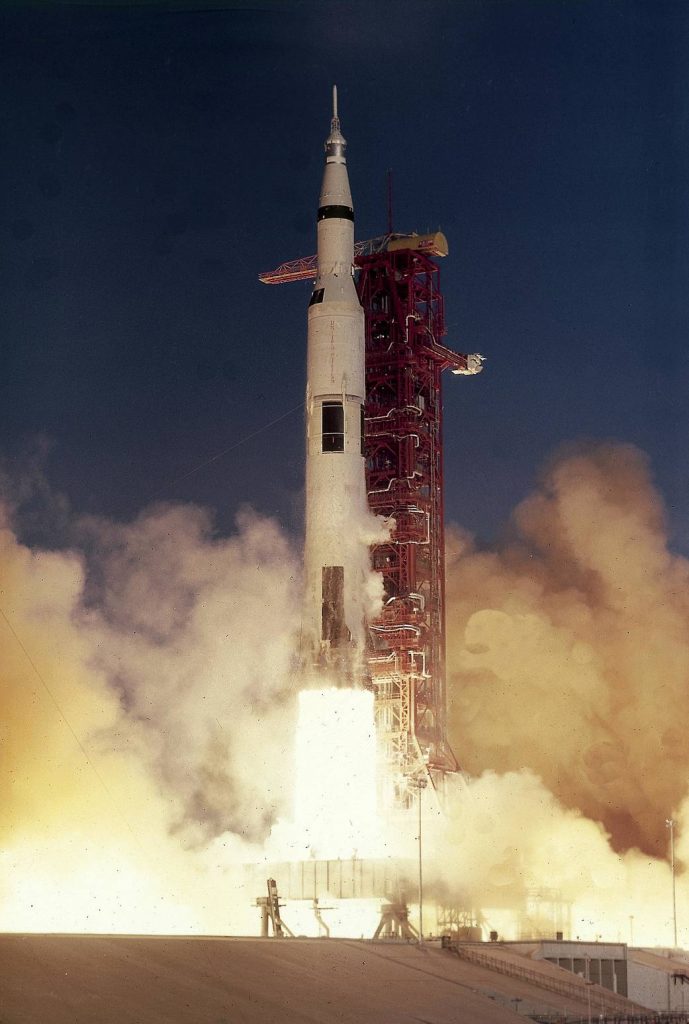🚀 Step Inside the ESA Astrolabe Visitor Center – Paris’ Hidden Gateway to the Stars, the Free ESA Space Museum 🌌
If you’ve ever dreamed of walking through the doors of a real European Space Agency (ESA) facility, you don’t need a PhD in astrophysics or a top-secret security badge. All you need is… a trip to Paris.
Tucked away in the heart of the city, ESA Headquarters isn’t just where Europe’s space leaders meet to decide the future of exploration—it’s now home to one of the most inspiring free experiences for space lovers anywhere: The ESA Astrolabe Visitor Center. And yes, it’s completely free to enter.
🌍 A Space Museum That Feels Like a Launch Pad
The first thing you notice when you walk in?
It’s not your typical “look but don’t touch” museum. This is an interactive playground for the curious. Everywhere you turn, there are hands-on exhibits, massive touchscreens, and immersive digital displays that let you explore the Moon, Earth, asteroids, and beyond at your own pace.
You can:
- Step inside VR and take a virtual tour of the International Space Station 🛰️
- Play with simulations that put you in control of spacecraft
- Dive into real ESA missions and understand how Europe is shaping humanity’s future in space

🛰️ Beyond Paris – The ESA Network
While the Paris HQ is the brain of ESA, the Astrolabe also gives you a peek into other ESA facilities—like ESTEC in the Netherlands, where rovers are tested, robotic arms are trained, and full-scale modules of the ISS are built. It’s like a behind-the-scenes pass into the laboratories where humanity’s future is engineered.
📅 When to Go & How to Plan Your Visit
The museum is free but only open a few days a week. For now:
- Monday, Tuesday, Thursday, Friday: 10 AM – 2 PM
- Wednesdays: 1 PM – 5 PM
- Square Lowendal, 6 Rue Mario Nikis, 75015 Paris, France
Since it’s still new (opened just a year ago), it’s not yet overrun with tourists. Translation: you can have entire exhibits to yourself.

🌟 Why You Shouldn’t Miss It
If you’re a space enthusiast, the ESA Astrolabe Visitor Center is a must-see. You’ll walk out feeling like you’ve been to the edge of space and back—without leaving Paris. And because it’s free, it’s one of the best hidden gems in the city for budget-conscious travelers who still want an unforgettable experience.
So the next time you’re in Paris, skip one extra croissant and spend an afternoon at ESA HQ. The future of space exploration is happening here, and for a few hours, it can be yours to explore.
To see all there is to do in Paris for FREE, the City of Love, go to Nonrev Paris. To see free and cheap things to do around the world, go to NonRevWebsite.com/ .
#TravelGoals #BucketListTravel #ParisForFree #SpaceIsAwesome #InspiringTheNextGeneration
